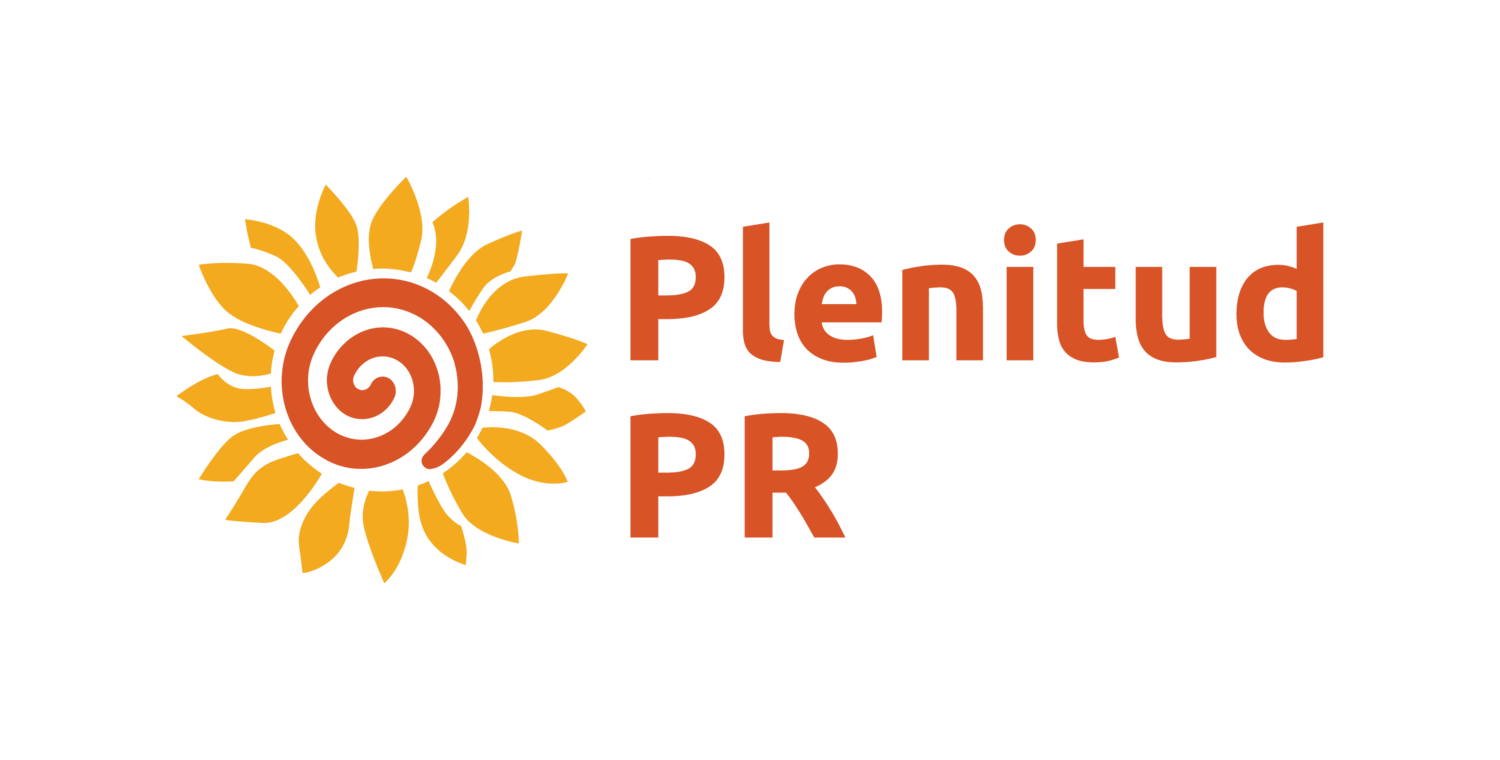Turning Problems Into Opportunities With Permaculture
Above: photo of tree being broken down by fungi.
Everywhere we look in the natural world, we see connections and mutually beneficial relationships between plants, microorganisms, birds, insects, and animals. For example, the world-renowned soil biologist, Elaine Ingham, has helped to demonstrate that millions of microorganisms barter with the roots of plants underground, exchanging minerals extracted from the soil for carbohydrates, proteins and sugars exuded from the plant roots. That’s pretty amazing- an underground bartering economy! Permaculture is a multi-disciplinary design science that has inspired the development of our educational farm.
Permaculture encourages us to closely observe naturally occurring patterns and appreciate the incredible efficiency, stability and productivity of natural ecosystems.
Volunteer pruning the coastal mangroves of La Parguera, PR.
Have you ever seen a group of volunteers on ladders, pruning the coastal mangroves of La Parguera, or someone on a riding lawnmower in the prairies of South Dakota? Have you ever seen park rangers in the pristine nature preserves of El Yunque, carefully weeding the grass growing under the dense tree canopy? Of course not!
Undisturbed and well-established ecosystems naturally find an equilibrium and stability that is typically lacking in our human-made systems.
Above: Original Plenitud PR graphic (only available es español) on relationship between microorganisms and plant roots.
Paula, Owen, Archie, Mila and friends in the early days of Plenitud PR.
Inspired by the balance and productivity of natural ecosystems, Permaculture offers us a number of “design principles” that we can use to not only inform the planning and implementation of agriculture systems, but to guide all aspects of human development, including housing site selection, roads, and energy and water systems. Furthermore, these design principles can inspire dynamic and collaborative social systems such as the development of cooperatives, business partnerships, and nonprofit outreach work.
Here’s one of my favorite Permaculture design principles: “maximize beneficial interactions between different elements of a system.” This occurs naturally in healthy ecosystems as well as tight-knit communities and families. And here’s another of my favorites: “turn problems into opportunities.” I find that this one is really relevant, considering all of the challenges we face in farming, land development, and in working together with so many people!
So, let’s do a little time travel together….When we acquired the land for our 15-acre educational farm in 2012, the soil was in really poor condition. The land had been cleared by the previous owners with heavy machinery and maintained for years with herbicide and synthetic fertilizers. The soil suffered from severe imbalances all too common to our region (and in fact common to conventional farms in the tropics globally); it was acidic, prone to erosion, heavily compacted, and devoid of healthy microbial activity. These soil conditions cause the crops to be much more susceptible to diseases and pests, and require heavy inputs of synthetic fertilizers and water to remain productive.
I remember conversations that Paula, John and I shared together in 2012, reflecting on the challenge of restoring soil fertility to our degraded land. After airing out our grievances regarding the way we wish things would have been, dreaming of the benefits of starting our project on beautiful and fertile soils, we decided to accept our fate and reinterpret the situation as an opportunity. Paula made the point that it was these same conditions that most new agroecology farmers in Puerto Rico face, and saw it as a great opportunity to showcase how effectively Permaculture techniques could restore the soil’s health and productivity. Not only that, it was a chance to document the process and share the experience with others!
In addition to integrated water management strategies, which definitely made a big difference in restoring our land, we relied heavily on the services of a resilient, commonly overlooked contributor to soil fertility: leguminous trees. In order to know how to partner with leguminous trees, it's helpful to understand their function in nature. After disturbances in forested lands caused by hurricanes, fires, or clearing by heavy equipment, fast-growing leguminous trees and shrubs quickly establish themselves, thriving where other plants would be unable to grow. They serve the function of being “pioneer species”, improving soil conditions, providing partial shade within a few years, and helping to create the environment necessary for hard woods, fruit trees and other “climax” trees to eventually grow and thrive.
We have seen first hand the benefit of partnering with fast-growing leguminous bushes and trees in the establishment of fruit orchards and agricultural terraces. Some of our most loyal and tolerant companions include Leucaena, Gliricidia Sepium, Tithonia Diversifolia, and Inga Vera, all easily found growing wild in Puerto Rico. You may find it interesting to know that many people consider these trees and shrubs to be the most annoying and problematic weeds in our region, not knowing how to harness their aggressive growth in the service of soil fertility. With the right understanding and application of these principles, we can convert them into an asset instead of a nuisance. Our hard-working friends have helped us to break up compacted soils, add nitrogen and carbon to the soils, provide shade, serve as animal fodder, and provide biomass for compost for our vegetable gardens and fruit orchards. Over the years, as the young fruit trees grow in size and the role of leguminous trees becomes less important, they are repeatedly pruned and gradually reduced and phased out.
Now, we’re grateful to have the opportunity to showcase the results of our application of permaculture design principles, and encourage beginning farmers to press forward despite the presence of unfavorable soil conditions.
Let’s be bold and positive in the face of challenges, seeking to “turn problems into opportunities” for collaboration, creativity, and determination.
Tell me, what are some of the ways that you apply these principles? I’d love to hear your ideas on how to apply them to your gardening, projects and life outlook!
Above: Gliricidia Sepium
Above: Tithonia Diversifolia








